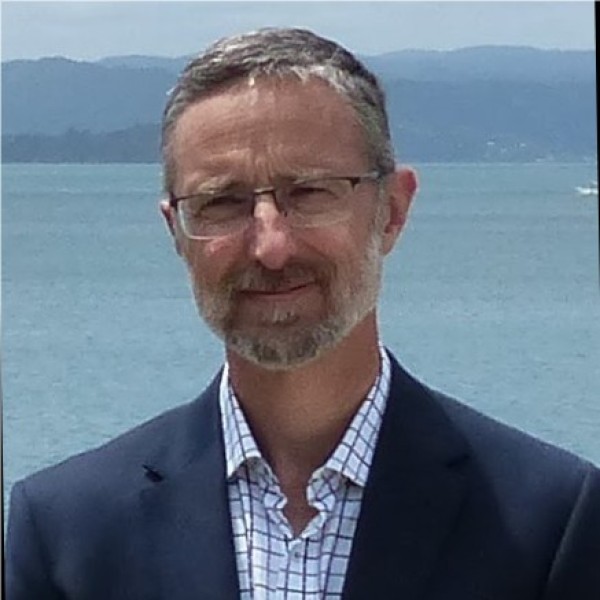We are pleased to announce the following speakers for our conference in 2025.
James Groves, BB7
Risk Assessments, Registration and UK's version of Section 108A.
UK has now mandated fire risk assessor competency, so is NZ doing it right? A recent case in UK has seen a fire risk assessor struck of the register for fraud, what are the implications across the industry.
James Groves is a Fire Engineer in the UK with significant experience of external wall related fire risk assessment, fire engineering and fire risk assessments, he is a Chartered Engineer and member of the Institution of Fire Engineers.

Nat Andrews, Certifiers 2U
Nat Andrews, director, and founder of Certifiers2U, a building certification, building consulting and planning consultancy company. Nat has 25 years of experience as a building surveyor and is an unrestricted Council and Private Certifier in NSW and an unrestricted Certifier in Queensland. Nat also has achieved Level 1 AIBS National Accreditation and is part of the Professional Standards Scheme. Nat is also part if the AIBS NSW/ACT Chapter Committee.
Nat has six qualifications, including a Masters in Building Surveying. He is probably best known for his bold, captivating, and sometimes controversial posts on LinkedIn (30) Nat Andrews | LinkedIn

Ryan Cooper, Christchurch City Council
Ryan's affinity for the construction industry blossomed early on, leading him to pursue a career in carpentry and joinery in the UK. Upon relocating to Christchurch in 2013, he continued to broaden his knowledge and experience.
Following a brief stint in the rebuild, Ryan transitioned into the regulatory world, initially serving as a building control officer. In this role, he managed tasks ranging from processing building consents, undertake building inspections and certifying building work. Through these experiences, he honed a thorough understanding of regulatory compliance and building standards. Currently, Ryan holds the esteemed position of Principal Building Official within the building compliance team at Christchurch City Council. In this pivotal role, he serves a team of professionals, ensuring processes and procedures are adhered to, consistency is maintained and seeks opportunities for improvements. With his extensive industry tenure and diverse skill set, Ryan stands as an invaluable advocate for building safety and compliance within his community.

Navin Jayasinghe and Brendon Findlay, Auckland Council
Auckland Council BWOF Updates
Navin has 10+ years in the Regulatory roles and three years in the BWoF space.
Brendon has been employed by Auckland Council for 10 years. For majority of this time, Brendon was a building inspector with a full residential inspection competency (Res 3) and in the later years developing his commercial inspection competency. Through the development and training he gained extensive knowledge of specified systems found within a commercial building. This provided a good foundation for his transition into this team leader role in the recently formed BWoF auditing team. Brendon is now leader a team of 15 staff who have a collective focus of ensuring all buildings with compliance schedules, in the Auckland Region, are safe and healthy for the users of the buildings.

Lesley Chen, IANZ
What do you see? What do we see?
The first step in making sure that buildings are safe for their occupants is to make sure that there is an accurate Compliance Schedule listing the life safety systems of the building and how they are to be monitored and maintained. Responsibility for this mainly falls on BCAs.
The next step is to make sure that the Compliance Schedule is followed and that specified systems are appropriately maintained. This is generally the area of the IQPs expertise.
IANZ gets to have input into the BCA process as part of our two yearly accreditation assessments of BCAs. I plan to provide some feedback regarding the following from IANZ point of view:
- General standard observed during accreditation assessments in regard to items associated with Compliance Schedules
- Most common issues that IANZ identifies with specified system consideration and compliance schedules and what needs to be done to rectify this going forward
- Getting performance standards correct
- Cited standards vs not cited standards. Non-cited standards can be used if the design lists it as a minor deviation from C/AS2 but this is causing confusion
- Level of detail required on the compliance schedule – what is required?
Hoping to make things clear as mud!
I am an Accreditation Assessor at IANZ for the Building Consent Authorities and Inspection Bodies Programme. Before joining IANZ 4 years ago, I worked at Auckland Council for 6 years across a range of roles in the Building Consents Department, started up from a Lodgement Officer, and was one of the Technical Assessors in the Capability Team .
While I am trained in architecture, I do not consider myself primarily a creative individual. Instead, I tend to identify more with the role of an enforcer, ensuring that processes and standards are upheld. Those who know me well would likely concur with this assessment.
My role is to ensure that the organisation assessed complies with the relevant Standards, Regulations and or other additional requirements. IANZ is appointed by MBIE as the accreditation body which undertakes accreditation assessments as per the Act. We take pride in our work to ensure that consistency is delivered, and this is evidenced by the improved quality of the Compliance Schedules across the board.

Danilo Macedo. Nelligan Consulting Engineers
Duty of Care for Passive Fire Inspections: Let's agree to save lives today
The minimum requirements for inspections of Specified Systems SS15/2, SS15/3 & SS15/5 are detailed in the Compliance Schedule Handbook, is this necessarily enough to ensure the life safety of building occupants? There are many other elements of passive fire protection which do not strictly require inspection under our current Building Warrant of Fitness system but, if they failed, would potentially result in catastrophic loss of life. This presentation will present the argument that Building Owners and IQPs have an important duty of care and moral obligation to inspect passive fire elements and parts of escape routes which do not fall within a Specified System but are vital for the safety of the building occupants.
Originally from Brazil, Danilo holds a Bachelor’s Degree in Mechanical Engineering and a Masters's degree in Fire Engineering from the University of Canterbury. In 2017, after arriving in New Zealand, Danilo was presented with the opportunity to work in the passive fire protection industry and eventually became responsible for training installers and preparing passive fire protection documentation and specifications. This experience drove Danilo into Fire Engineering where he's now in a unique position to design Passive Fire solutions and recommendations considering not only compliance but also fire engineering objectives. Danilo is qualified in Passive Fire Protection Installations (Level 3) and Systems (Level 4), and he is a high-risk producer statement author with Auckland Council (PS1, PS2, PS3 and PS4) and a Chartered Engineer in Passive Fire Engineering

Kerry Highsted and Michael Duce
F6 & F8 Emergency Lighting
Within the construction industry Emergency lighting forms part of the specified systems required to meet Consent for construction and continued building Maintenance. We endeavour to explore their function in facilitating safe evacuation, maintaining operational continuity, and mitigating hazards during power failure or emergencies. Within New Zealand adherence to the building Act and NZ building code (F6 &F8) is mandatory, requiring a structured process to meet both building code standards and the local council requirements. This process includes initial design aligned with clause F6 visibility and illumination standards, submission of plans for council approval, installation by certified contractors, and in some cases Construction Monitoring (PS4). We will be discussing this compliance pathway, identifying any gaps in the consent process, and addressing potential contradictions or confusion within the building code and Standards throughout this compliance procedure.
Kerry has over 30 years experience as an electrician, he has worked across the electrical and lighting fields. Kerry began as a tradesman, then managed a team of electricians, handling technical and leadership tasks. He then moved in the wholesale market and retrained as a Lighting Engineer and became an IQP.
Kerry also earned a diploma in business to support my work. His career includes practical electrical projects and lighting design where he now specialises in emergency lighting using his skills in both technical and business areas to assist in the process of building compliance, be it design, IQP queries or NZBC/Standards for emergency lighting.
Michael is an Electrical Engineer with 30 years of product development experience in the lighting industry. He has overseen the introduction of many world first technologies in the emergency lighting industry including:
- LED’s to reduce energy consumption and extend service life
- Lithium batteries to reduce maintenance cost and extend lifecycles
- IoT based dynamic wireless mesh networks for compliance testing
Michael continues to be responsible for the development solutions to make the life of an FM easier every day. From baseline data to maintenance workflows to lifecycle management the process of technology development is ever evolving and Michael and the team at Clevertronics are committed to innovations that lead to better facility management outcomes.

Nathan Spier and David Collins, Meredith Connell
Is a course correction needed for the BWOF Regime?
Local authorities deploy several regulatory tools to ensure that building owners supply Annual Building Warrants of Fitness (BWOFs) that are accurate, complete, and submitted on time. These include charging fees, issuing notices to fix, infringements, and prosecutions. The successful functioning of the BWOF system heavily depends on Independent Qualified Professionals (IQPs) to hold building owners to a rigorous certification process “to keep building owner’s honest”. Despite the close link between BWOF compliance and building safety, available penalties for non-compliance have only started to increase in recent years. Many local authorities adopt a reactive approach to BWOF compliance, with regulatory tools inconsistently deployed in practice, if at all. The combination of regulators’ reactive stance, and comparatively weak penalties, creates the wrong incentive structure. These systemic flaws in the BWOF regime, if left unaddressed, could lead to the cost of non-compliance being treated as a mere “licence fee”. In this session, we will explore challenges in the current system and what opportunities exist for improvements to enhance the regime for stakeholders, including IQPs, regulators, building owners and the public.
Nathan's problem-solving skills are in demand by councils across Aotearoa New Zealand. He has a particular interest in those cases at the intersection of the built and natural environments and is a recognised thought leader to the building control industry. Nathan has successfully resolved some of the most demanding commercial disputes, while continuing to prosecute an array of regulatory and civil litigation cases.
In 2023 he was appointed an Independent Director of Te Manawataki o Te Papa Limited, the Council Controlled Organisation (CCO) that was established to govern and lead the delivery of Tauranga's once in a generation civic precinct development. Nathan began his legal career as a Crown prosecutor at MC, gaining significant court room and advocacy experience prosecuting serious crime in New Zealand's largest city. Following a successful career running two specialist legal firms, he returned to MC and joined the partnership in 2024.
David has been at the forefront of regulatory enforcement litigation involving local authorities, and has acted on some of the most significant and complex cases. David is experienced in advising on a range of regulatory issues under the Building Act 2004, in particular in relation to dangerous buildings. He has been involved in numerous proceedings under the Building Act 2004, including prosecutions, chief executive warrants, and civil enforcement proceedings. Prior to joining MC, David was the Principal Solicitor in Enforcement at Auckland Council Legal Services. In that role he led a team of lawyers and was responsible for managing a large portfolio of enforcement litigation in Tamaki Makaurau.
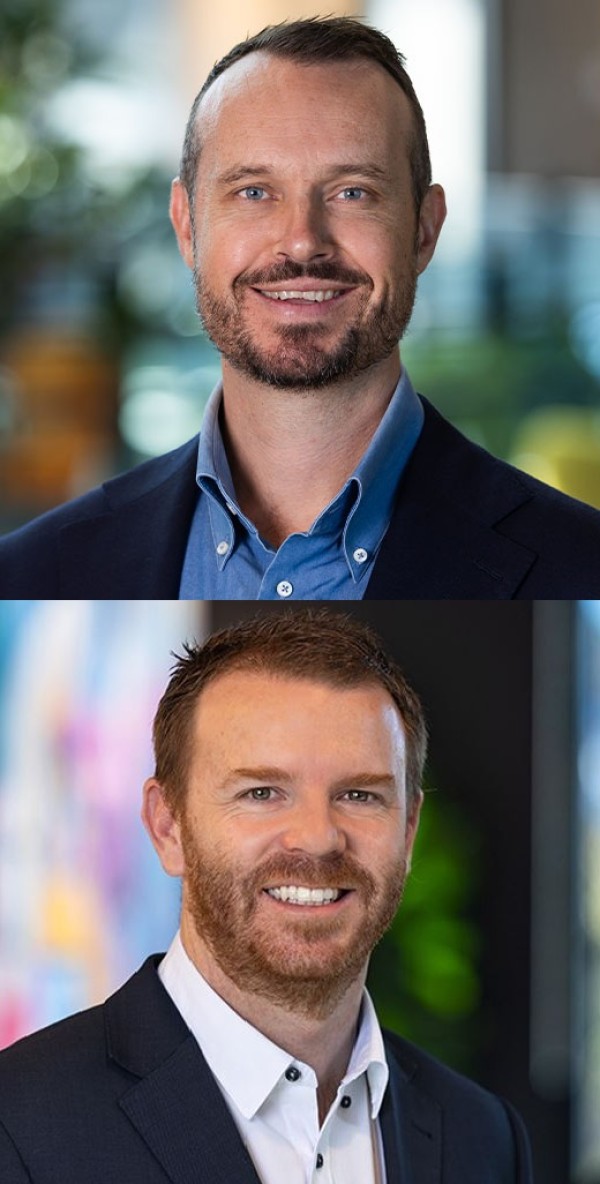
Erica Hobbs, Wellington Water
A Splash of Collaboration: Protecting Our Drinking Water
Building control legislation and water services legislation both have provisions for the supply and protection of drinking (potable) water, with some specific requirements around backflow prevention or protection. As Building Consent Authorities, Territorial Authorities, and all building work, have rules and regulations that must be complied with inside the boundary, so too do water suppliers outside the boundary.
Despite these legislation and regulation frameworks aiming for the same ultimate goal, there are many misunderstandings, inconsistencies, and challenges, across the boundary and throughout the country. Diverse interpretations of the requirements for water suppliers, and varied compliance methods further complicate the landscape. The approach water suppliers take to meet their obligations significantly influences their collaboration with building control and compliance efforts.
With a greater understanding of ‘the other side of the boundary’, and a splash of collaboration and coordination, we have the potential to improve the protection of drinking water and our people.
Erica is a passionate advocate for collaborative drinking water protection. At this conference, she represents the Water NZ Backflow Special Interest Group and is in her fourth year on their executive committee.
Throughout her career, Erica has worked in both local government and the private sector across NZ and Australia. Her experience spans site investigation, survey, design, construction, and contract and project management for water, wastewater, stormwater, and roading projects. With over a decade of experience in water treatment and network operations and management, Erica is also a trained cross-connection surveyor and qualified backflow prevention device tester. Erica has extensive local government experience, often working directly with ratepayers, water customers, contractors, government departments, and Councillors.
Currently, Erica is the Drinking Water Protection Officer for Wellington Water, where she has developed the framework for a regional backflow prevention program weaving together seven water suppliers, five Building Consent Authorities, and five Territorial Authorities. She is now working on the details, including collaboration with key stakeholders.
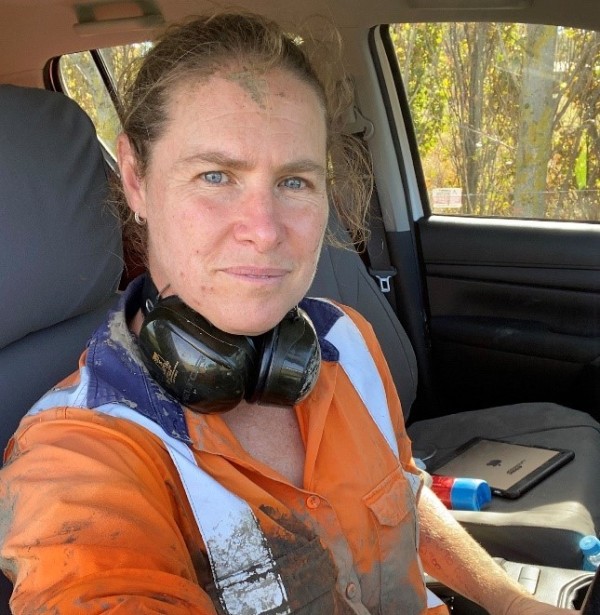
John Lucas, Insurance Council NZ
Insurers want Repair Certainty with Future Building Designs
John joined ICNZ in 1996 as Insurance Manager. He is responsible for the Motor, Commercial Property, Marine and Finance Committees. John began his insurance career with NZI and Sun Alliance in the early eighties, specialising in farm insurance and commercial property underwriting. He then moved to the UK where he worked for a number of broker firms before specialising in insolvency insurance placement in the London and Sydney insurance markets. John is a Senior Associate of the Australian and New Zealand Institute of Insurance and Finance.
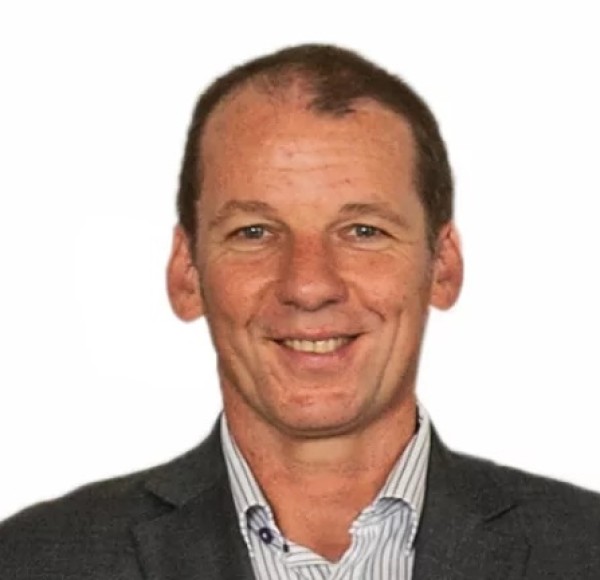
Rob Holland, Nelligan Consulting Engineers
A New Code of Practice for Passive Fire System Inspections
After presenting at last year's conference on this topic and the several discussions that ensued, a working group was convened by Rob to prepare this new document which aims to not only improve building safety but also assist Building Owner's and IQPs to carry out more effective building inspections. This new Code of Practice gives a simple methodology for assessing the passive fire systems present in a building and planning the most cost-effective inspection of those systems based on the risk profile of the building.
Rob is a Chartered Professional Fire Engineer and Director of Nelligan Consulting Engineers, a consultancy firm based on Auckland's North Shore. He has worked in the fire safety industry for the last 16 years across a wide range of residential, commercial and industrial projects. As part of his work, he has helped many clients with assessing passive fire defects and formulating a scope of work on a risk-based approach. These projects include a 40-storey building in Auckland's CBD and a 6-storey hotel. For the last 2-3 years he has been talking to many IQP and building compliance firms about passive fire and how best to improve the safety of our buildings and is looking forward to once again presenting on this important topic.

Michael Belsham, Belsham Fire
Assessment of Fire Hazards in Existing Buildings.
Fire safety in buildings goes beyond specified systems. Existing buildings can present numerous fire hazards that pose significant risks to occupants, building owners, and firefighters. Common hazards include improper storage, ignition risks, and hazardous substances. Under the Fire and Emergency New Zealand (FENZ) Regulations and the Health and Safety at Work (HSW) Act, it is a legal requirement to manage these fire hazards, with all parties bearing a duty of care.
Independent Qualified Persons (IQPs) are in a unique position to identify and address these fire hazards during building inspections. Mitigating fire hazards is crucial not only for the safety of building owners but also for the wider community. One effective approach is through fire risk assessments, a simple yet powerful tool for recognizing hazards and evaluating risks based on their likelihood and potential consequences.
This presentation will explore common fire hazards found in buildings and provide an overview of risk assessment methodologies. It will emphasize the shared responsibility under the HSW Act to recognize and report fire hazards with the principle: "If you see something, say something."
Michael is an experienced Chartered Professional Fire Engineer with more than 25 years of expertise in Fire Safety Engineering. He holds a Master's degree in Fire Engineering from the University of Canterbury, where he was among the first graduates of the institution's Fire Engineering program. Michael has worked extensively throughout New Zealand before relocating to Scotland in 2006. After returning to New Zealand in 2014, he contributed as a fire engineer for the MBIE Fire Programme Review. In 2020, Michael founded Belsham Fire Ltd, his own consultancy firm, providing specialized fire engineering design, peer review, and training services across the country. His areas of expertise include modular construction and electric vehicle safety. In addition to his consultancy work, Michael teaches courses for the Diploma of Building Survey (Level 6) and Bachelor of Building Survey (Level 7) and is the lead lecturer for the New Zealand Diploma of Engineering (Fire Engineering).
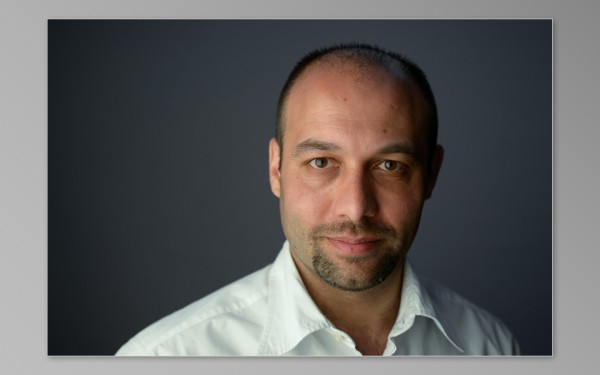
Paul Stoddart, The Energy Practice
Guaranteeing Sustainable Lighting Outcome
I bring over 30 years of invaluable experience to the forefront of the energy sector. My career has been marked by significant roles in executive leadership of internationally listed companies and impactful work as a business consultant, where I've honed the art of driving successful projects and forging lasting business relationships. My expertise spans program management, finance, sales and marketing, procurement, and operations management, cultivated through years of dedicated work in commercial and industrial lighting, telecommunications, and property development. My approach is grounded in the belief that strong relationships are the cornerstone of business success, empowering me to deliver solutions that truly address client needs. Since founding The Energy Practice in May 2019, I've led the company to become a trusted partner for clients nationwide, offering turnkey services that prioritize energy efficiency and sustainable practices. Under my guidance, TEP has evolved into more than just a service provider; we're a dedicated partner, committed to transforming energy practices with innovation, transparency, and robust business strategies. Join me and The Energy Practice in shaping a more sustainable future where achieving your energy efficiency goals is accomplished with integrity and unparalleled expertise.

Prashant Patel, Building and Engineering Service Ltd
Seismic Restraint of Non-structural Elements in Buildings - Building Services
Non-structural element seismic design is governed and ruled by The Building Act and Building Code B1 – Structure. The main applicable standards are but not limited to,
- NZS 4219: 2009 Seismic performance of engineering systems in buildings
- NZS 1170.5: 2004 Part 5: Earthquake actions – New Zealand
NZBC B1 requires all building elements to have a low probability of failure when subjected to earthquake loads during the life of a building in new Zealand.
We will discuss over the general requirements of the seismic designs for the known building services parts and equipment such as; HVAC ducts, cable trays, diffusers, pipework etc.
Prashant arrived in New Zealand over 21 years ago (2003) from Mumbai, India as a Mechanical Engineer. Having completed various trainings on Mechanical, Smoke Control, Fire Protection, Electrical and Seismic sectors.
Since arriving in NZ, Prashant's experience includes working as a Council, Contractor and Consultant with various employers such as but not limited to, Auckland Council, Auckland DHB, Consulting organizations dealing with mechanical, fire and structure engineering disciplines as a Mechanical/Fire Technical Consultant. Currently the owner and partner of Building & Engineering Services , Nexus Building & Fire Services, Mechanical Services Solutions and some other companies; serving throughout New Zealand for engineering and consulting services for Mechanical, Fire / Smoke control and Seismic related building services. Prashant is a current member of Engineering NZ, SFPE, IRHACE, ASHRAE, SESoc, International Association of Engineers and also a council approved IQP and PS author for various specified systems for different councils.

Mathew Crow, MBIE
Compliance Schedule Handbook
With a varied experience navigating the intricacies of regulatory compliance, Mathew brings a wealth of knowledge to the BWoF sector. Starting his career in regulatory compliance at Christchurch City Council 10 years ago, Mathew has been directly involved in many facets relating to specified systems across both the private and public sector.
Currently a Senior Regulatory Specialist at MBIE, Mathew's expertise lie in the overarching compliance schedule regime. While not a specialist in specific compliance areas, his deep understanding of the framework ensures a comprehensive perspective on its practical application.
Now having worked alongside many of the ABC’s members in updating the Compliance Schedule Handbook, Mathew will be providing crucial insights into its key changes.

Nick Yerni, Future Skills
Certificate in Building Compliance
FutureSkills | Empowering Building Compliance Professionals Through Education
24 years of education innovation: from foundational training to industry-specific qualifications
FutureSkills is a Category One NZQA-accredited tertiary provider delivering high-quality education across a range of sectors, with a growing focus on building compliance and regulatory control. With more than 2,000 domestic and international learners each year, FutureSkills offers programmes from foundation to postgraduate level, including specialised pathways for working professionals.
In the building compliance space, FutureSkills is committed to supporting both workforce entry and upskilling. Current initiatives include:
- New Zealand Certificate in Building Regulatory Environment (Level 4)
- New Zealand Diploma in Building Surveying (Level 6)
- New Zealand Diploma in Engineering (Fire Engineering) (Level 6)
- Bachelor of Building Surveying and Control (Level 7)
FutureSkills continues to collaborate with regulators, and industry leaders to ensure training remains relevant, accessible, and responsive to emerging needs. As the demand for qualified building compliance professionals grows, FutureSkills remains focused on delivering fit-for-purpose education that strengthens public safety and regulatory standards.

Charlie Loughnan, FFP Christchurch
Egress for Dementia Care and Childcare Facilities
Charlie Loughnan entered the fire industry in 1995 and has become one of the leading subject matter experts in fire protection and building compliance in Aotearoa New Zealand across this time. He is a director of FFP Canterbury Limited and Automatic Fire Alarm Monitoring Limited, has sat on the Executive of the Fire Protection Association of New Zealand and NZ Standards committees, has led working groups for MBIE and is a regular presenter at forums and conferences. Charlie delivers training for building owners and managers, IQPs and the fire industry, as well as for council staff across Te Wai Pounamu. His expertise covers all types of active fire protection systems, passive fire stopping systems, compliance with the building code and the legal frameworks around the building compliance process.
